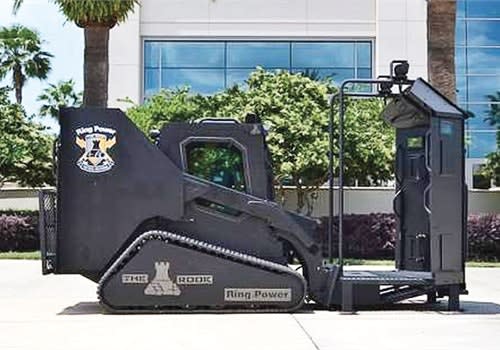Ring Power's Mitchell agrees. "We've done more than 250 demos and every police department we talk to says they have a need for this type of equipment. They need the protection. The problem is funding," he says.
Armored vehicles are not a tool that's only for the big guys. "We've sold to the largest agencies—the Los Angeles Police Department, Los Angeles Sheriff's Department, Boston Police Department," Light says. "But we've also sold them to very small agencies. There was an agency in Henderson County, Texas, that purchased a unit for their 20-man police force. They bought a used Bearcat after they had an incident where they borrowed another agency's armored vehicle and ended up taking 40 rounds from an AK-47. No one was injured, but it made them realize this sort of thing could happen anywhere, even in a rural county."
Light recommends agencies ask themselves a few questions, however, before embarking on a journey with armored vehicles. How does the department plan to deploy the vehicle? What types of incidents might occur in their community? Do they have large stadiums, military bases, or nuclear power plants to protect? Is the community plagued by drug problems or other violent crimes? He says the answers to these questions help agencies determine if they need such a vehicle, and then to figure out which options they might want on them, be it a thermal camera, chemical detection capabilities, a battering ram, or other tools.
Options and Capabilities
Major Caldwell agrees, noting the Lake County SO added its first armored vehicle to transport team members to scenes instead of having officers walk up to them. "The vehicle enables us to deliver officers safely to the scene; in some cases right to the door," he says.












